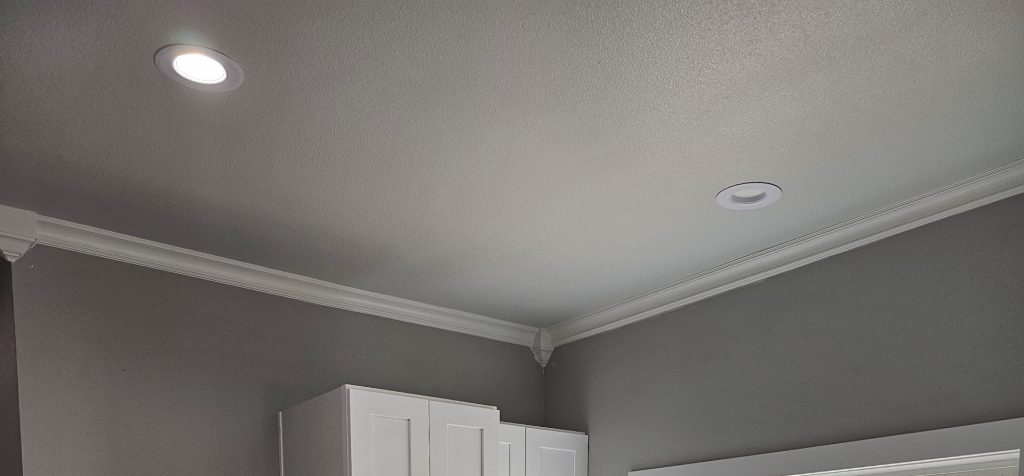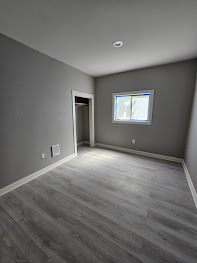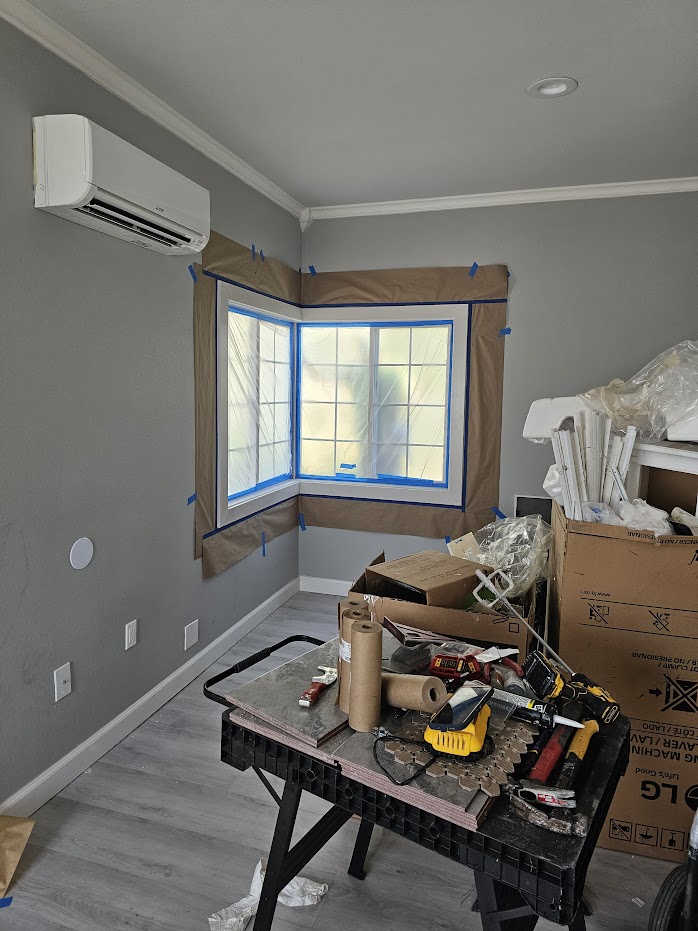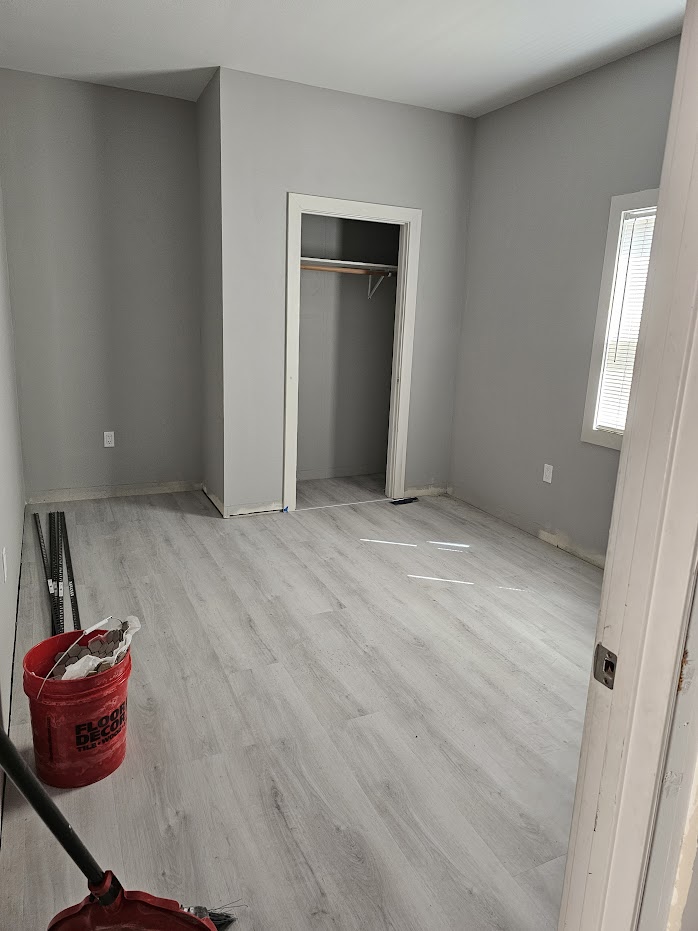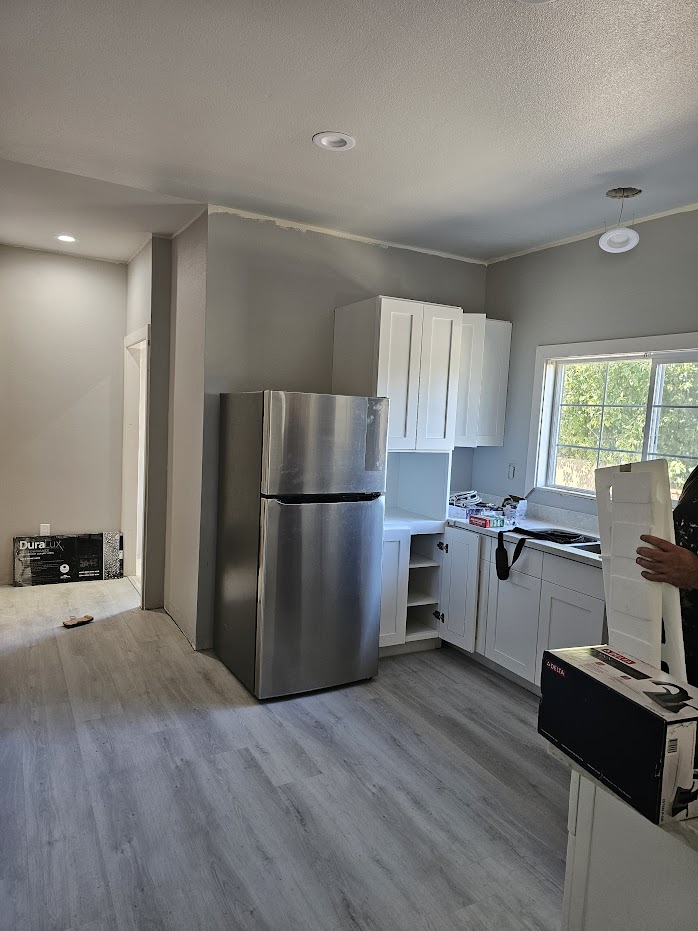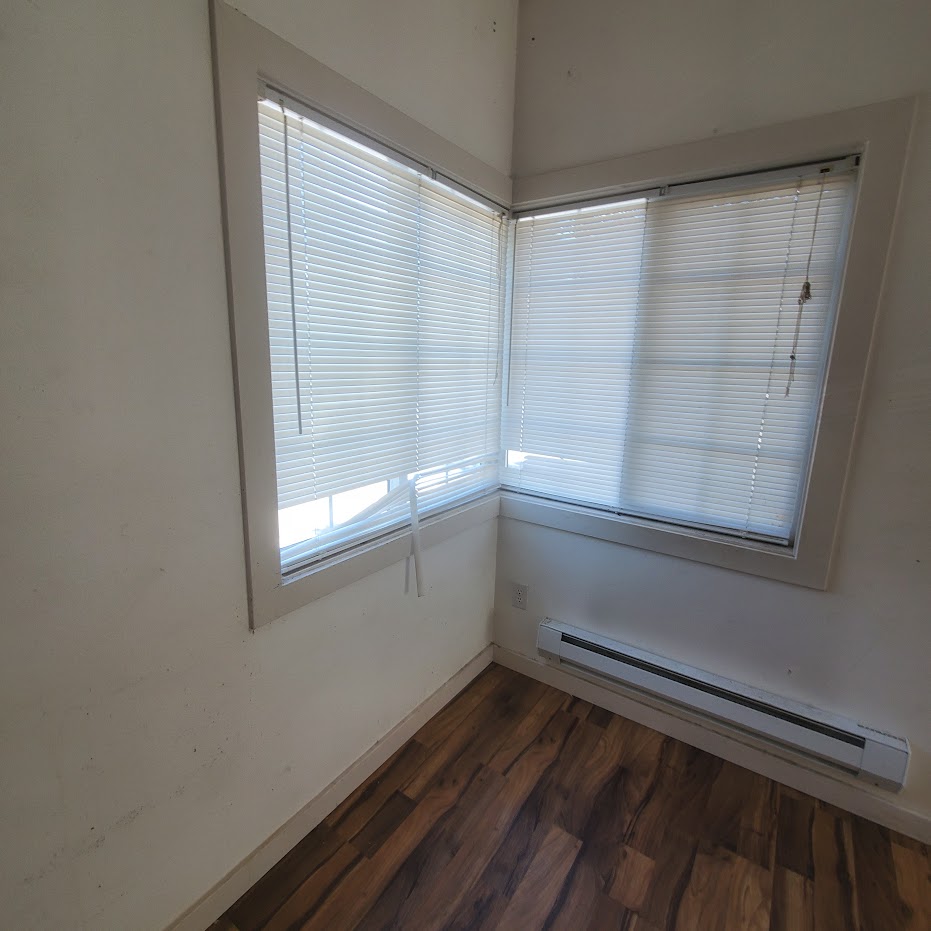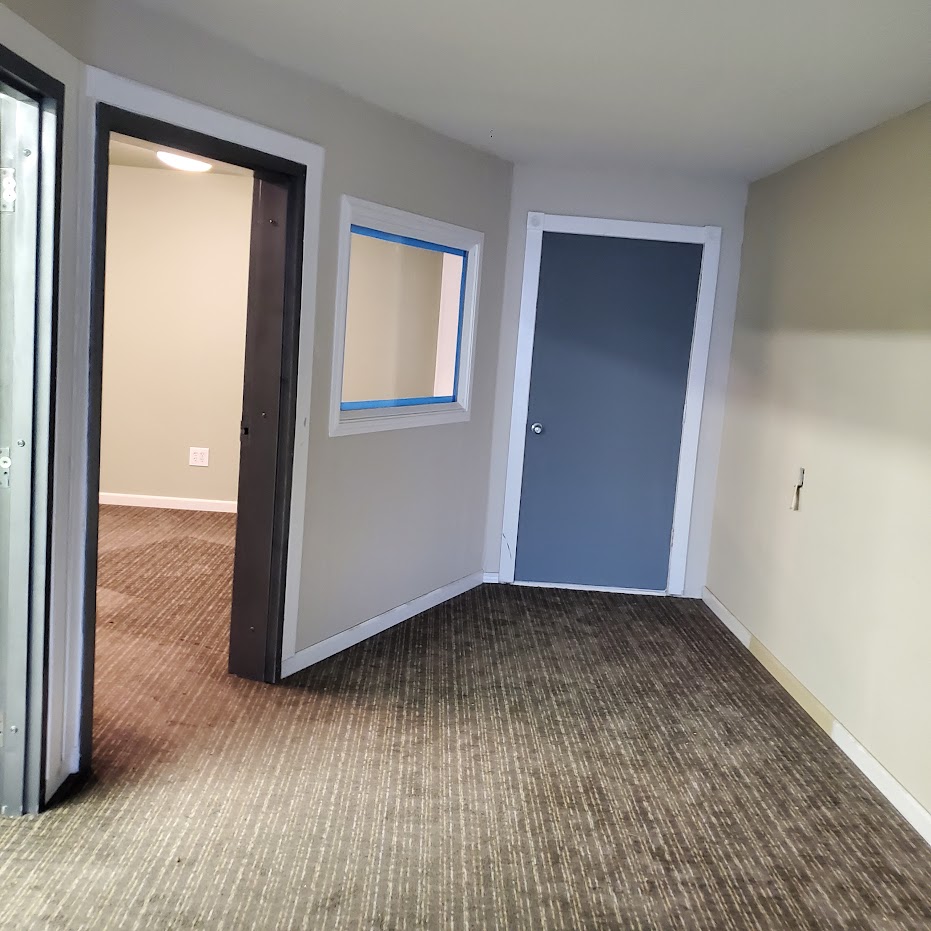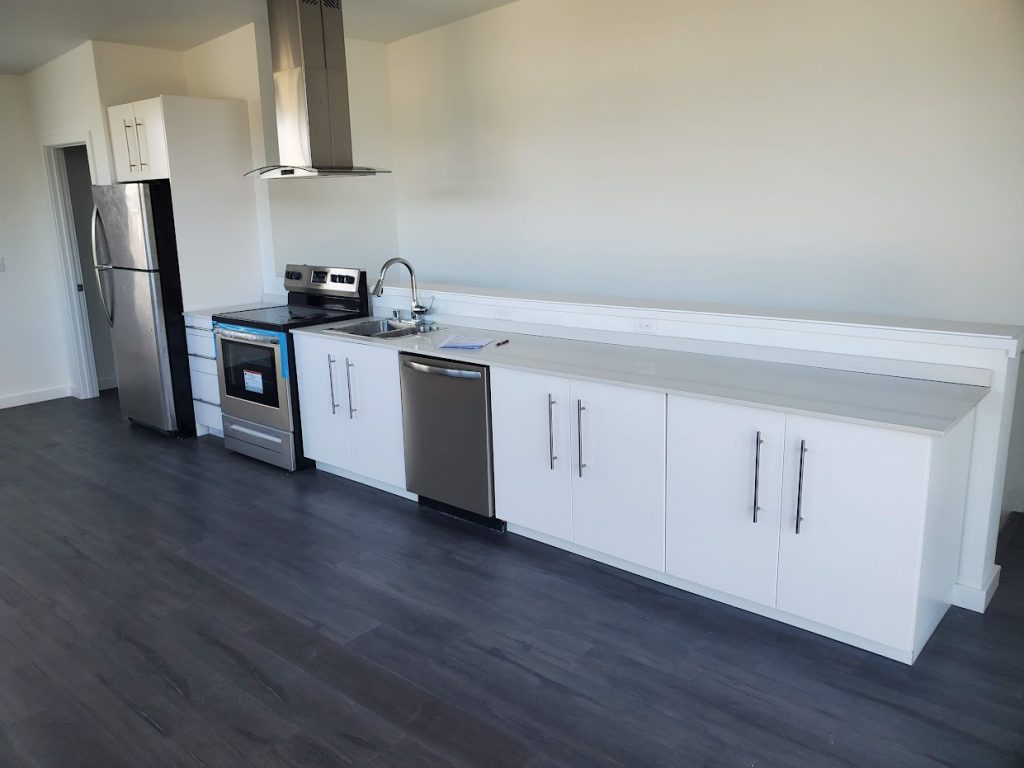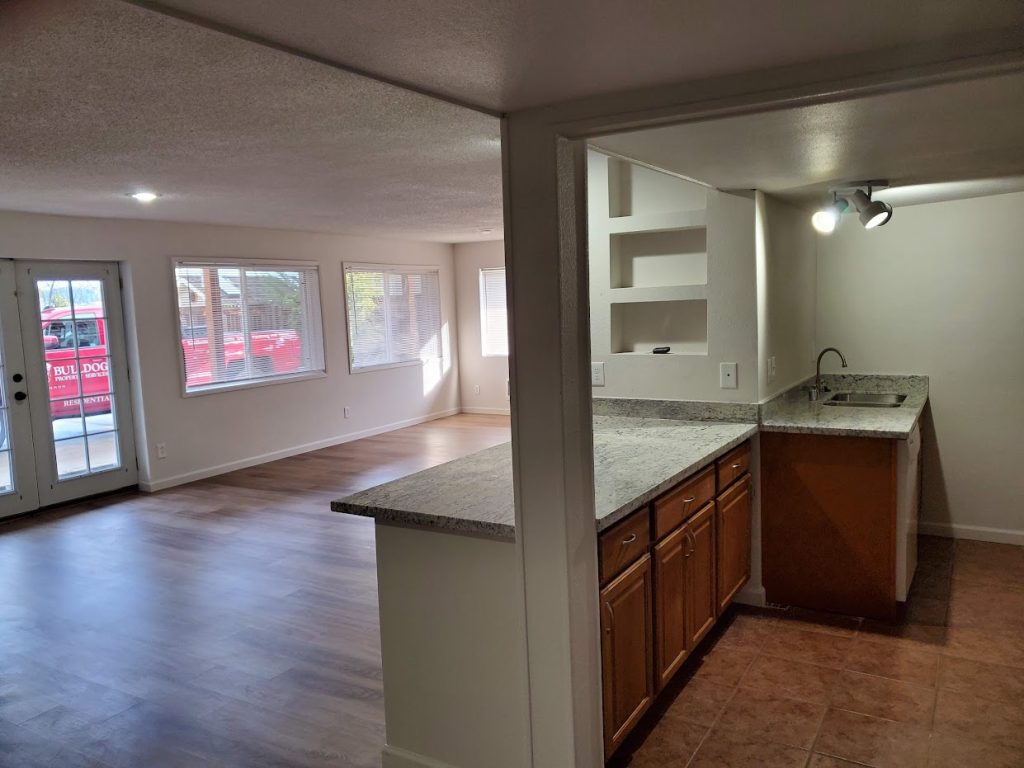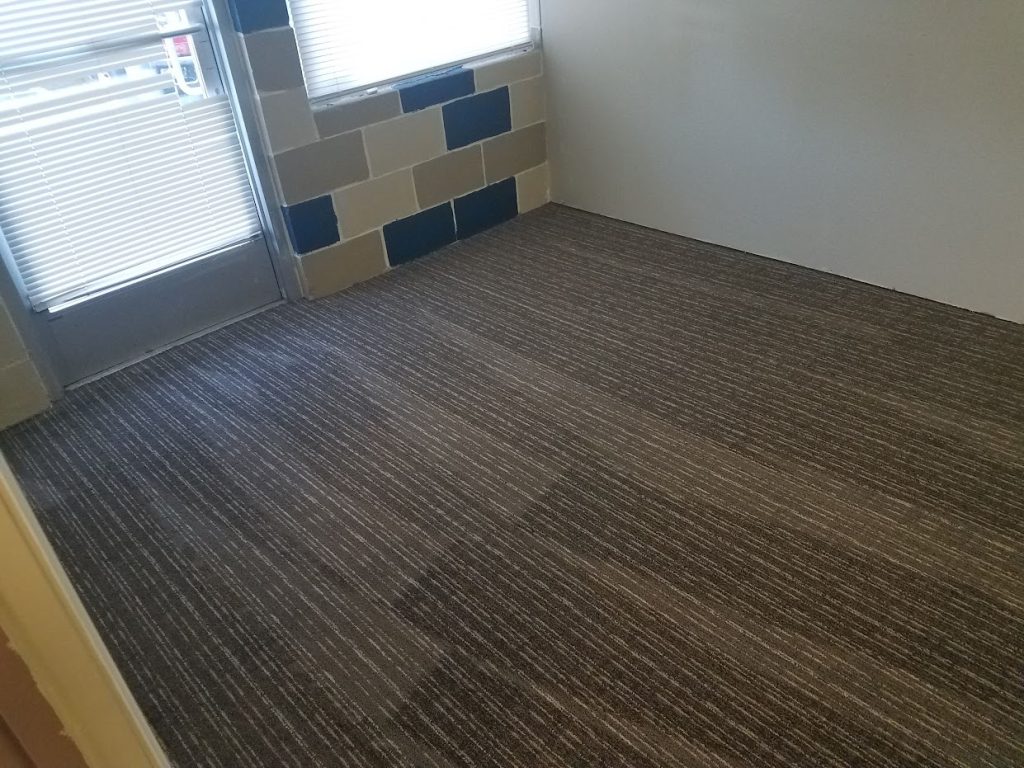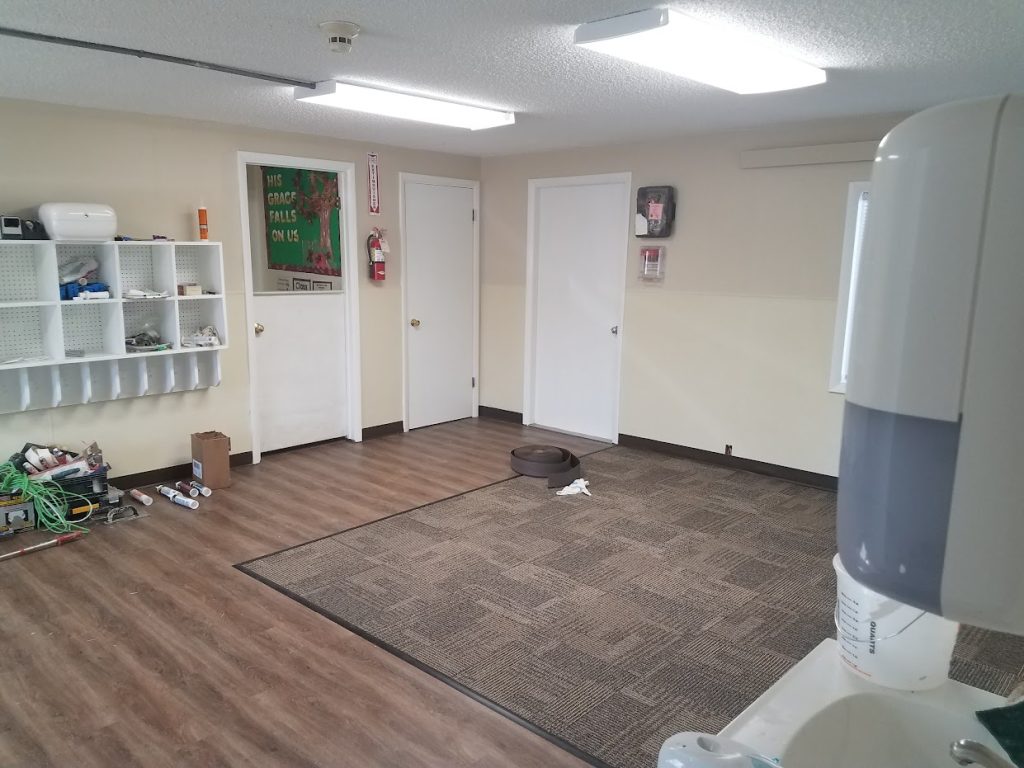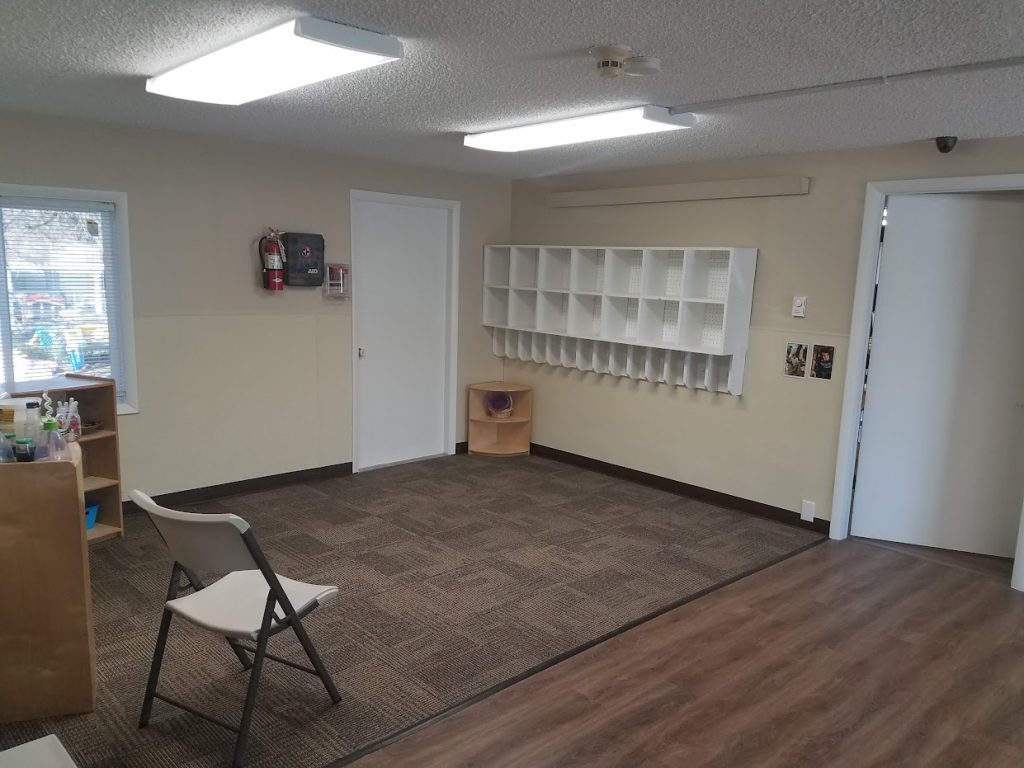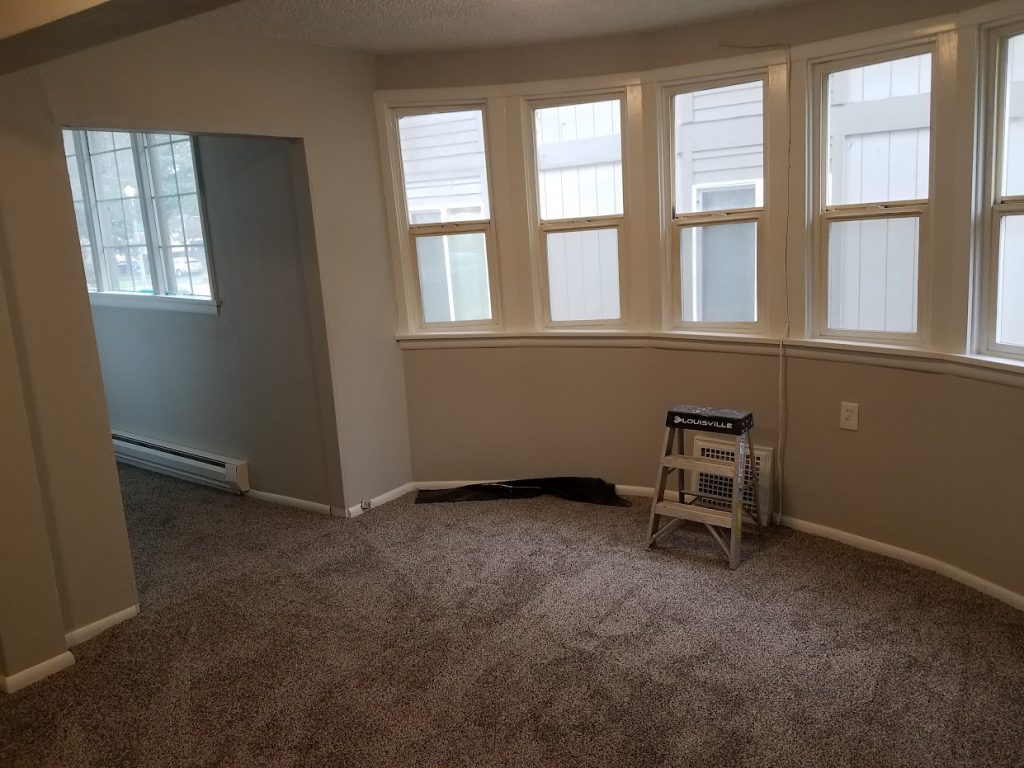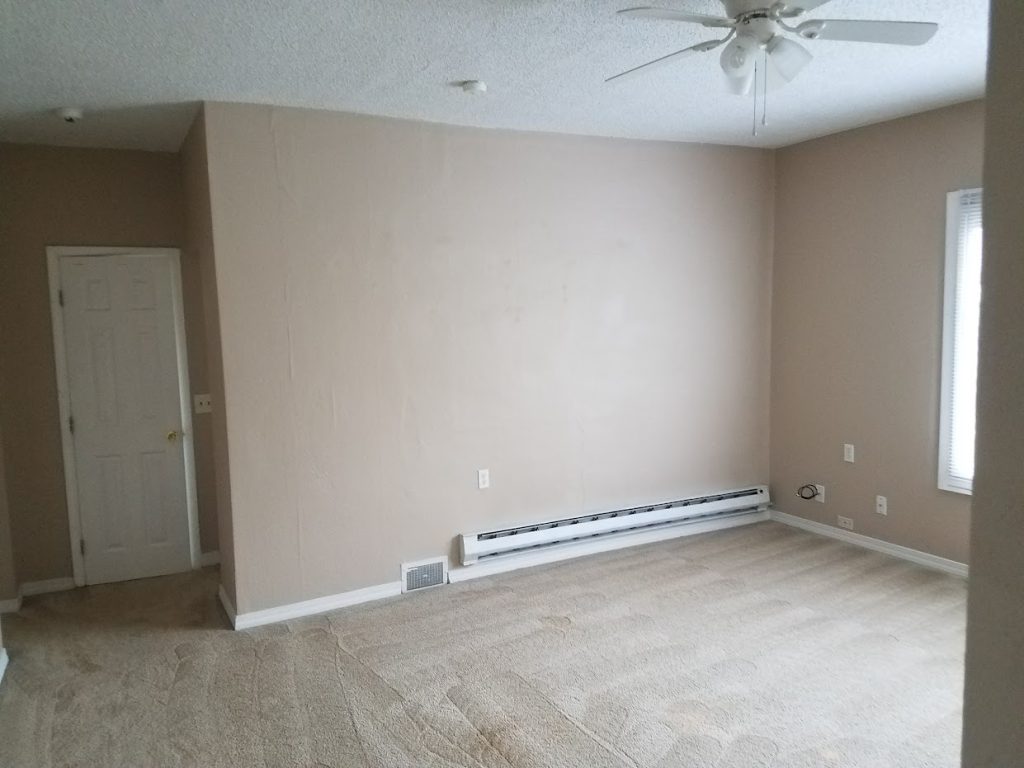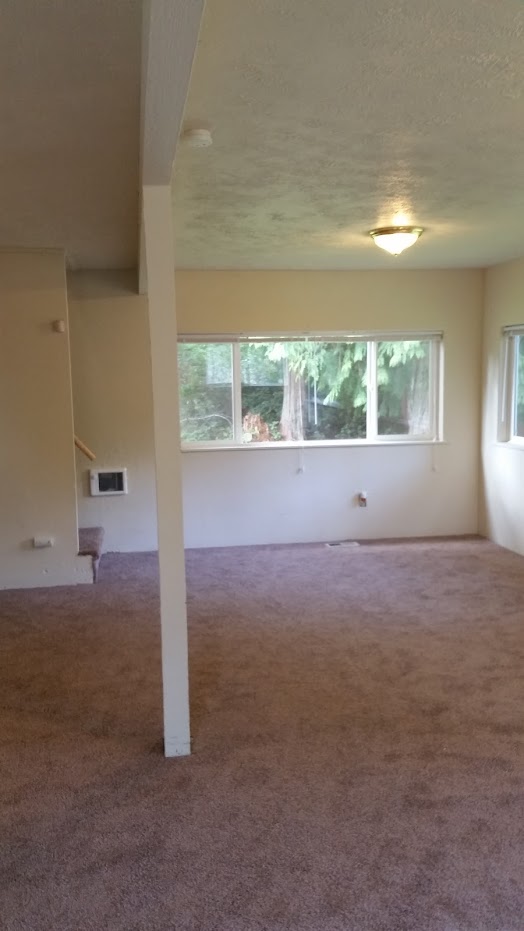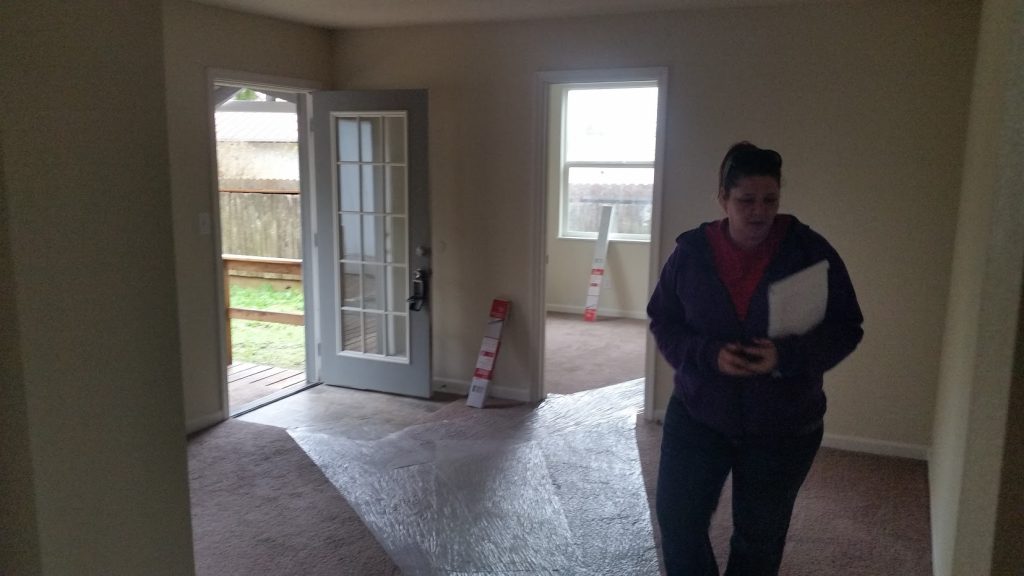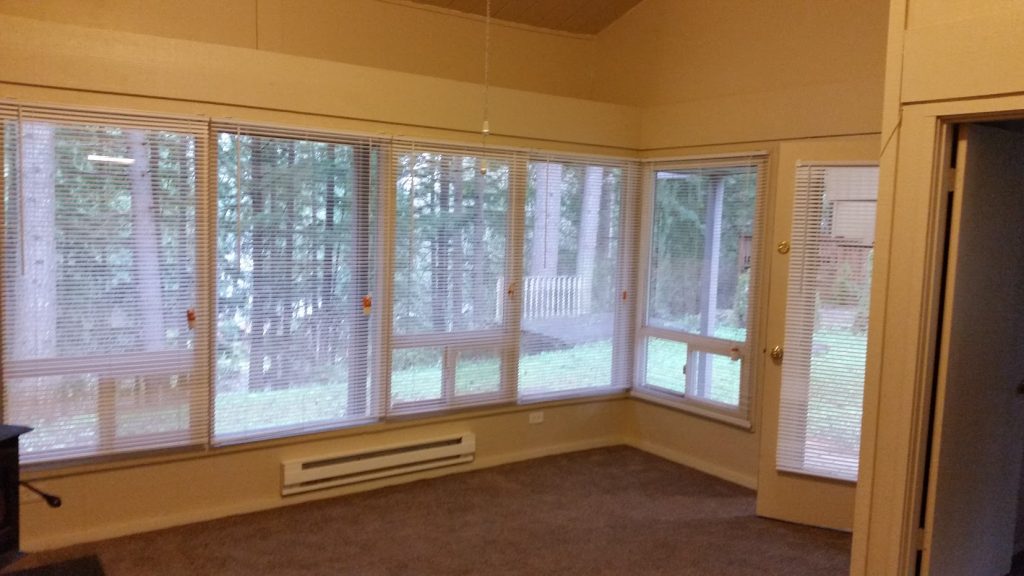Flooring Remodeling and Repair:
- Assessment:
- The process starts with an assessment of the existing flooring. This includes checking for any damage, wear, or structural issues. The type of flooring material and its condition play a significant role in determining the approach to remodeling or repair.
- Material Selection:
- Homeowners choose new flooring materials based on their preferences, lifestyle, and budget. Options include hardwood, laminate, tile, carpet, vinyl, or engineered flooring. Each material has its own set of characteristics and maintenance requirements.
- Removal of Existing Flooring:
- If a complete replacement is planned, the existing flooring is removed. This may involve tearing up carpet, pulling up old tiles, or uninstalling hardwood planks.
- Subfloor Inspection and Preparation:
- The subfloor is inspected for any damage or unevenness. Necessary repairs are made, and the subfloor is prepared to receive the new flooring material. This may involve leveling, patching, or adding an underlayment.
- Flooring Installation:
- The new flooring is installed according to the chosen material. This could include laying tiles, nailing down hardwood planks, gluing engineered flooring, or securing carpet with padding.
- Finishing Touches:
- The installation is completed with finishing touches, such as baseboards, trims, or transition strips between different types of flooring in adjoining rooms. These elements provide a polished and cohesive look.
- Sealing or Coating (if applicable):
- Some flooring materials, like natural stone or certain types of tile, may require sealing or coating to protect against stains and damage. This step is performed as needed.
- Carpeting:
- If carpet is chosen, it is stretched and secured, and seams are carefully hidden. Proper installation techniques ensure a smooth and snug fit.
- Maintenance Guidelines:
- Homeowners are often provided with maintenance guidelines for their specific flooring type. This may include recommendations for cleaning, polishing, or refinishing, depending on the material.
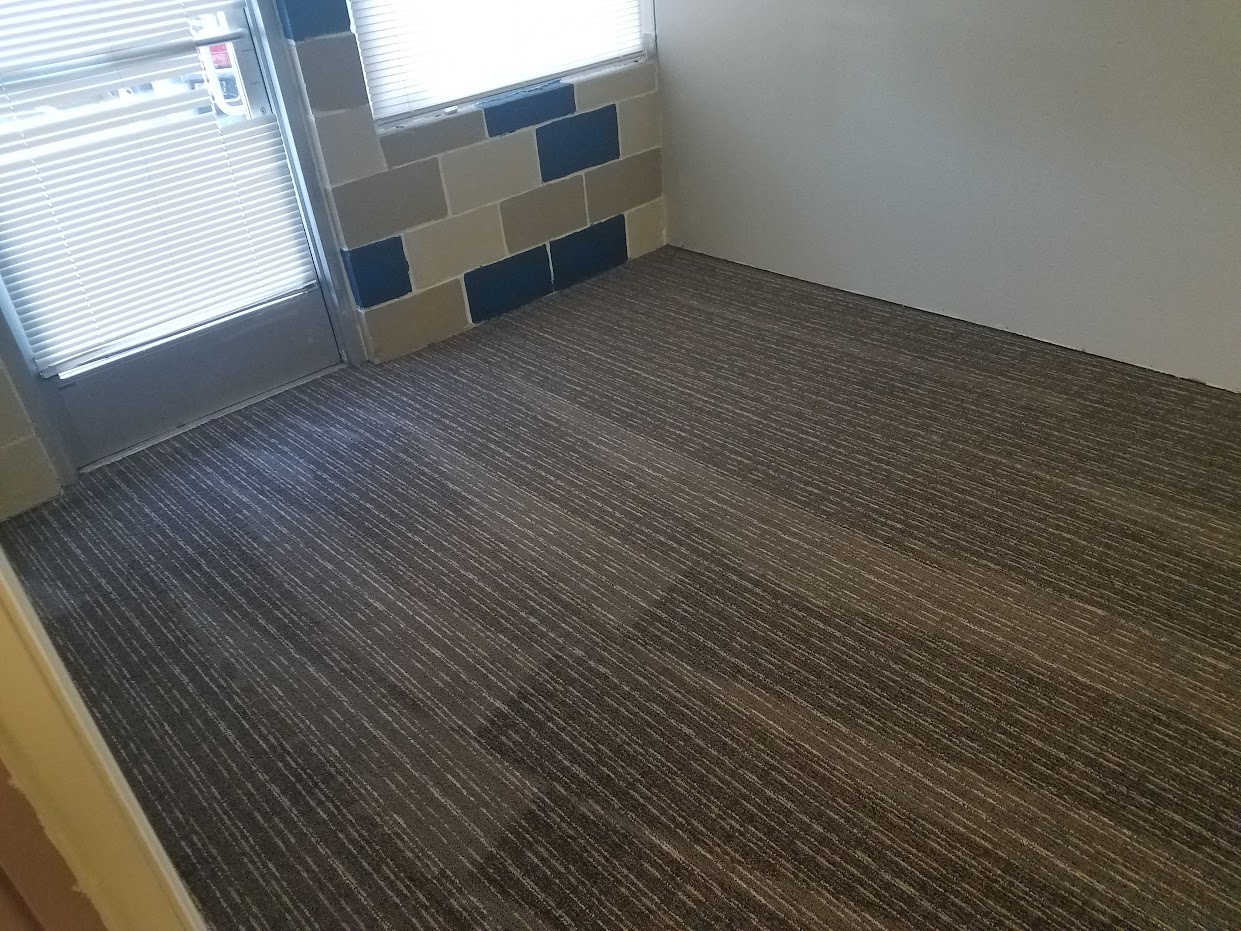
Millwork Remodeling and Repair:
- Assessment and Design:
- Millwork includes features like trim, crown molding, baseboards, wainscoting, and built-in cabinetry. The first step is assessing the existing millwork and determining the design goals for the remodel or repair project.
- Material Selection:
- Homeowners choose materials for millwork based on the desired style and budget. Common materials include wood, MDF (medium-density fiberboard), or PVC for areas prone to moisture.
- Removal of Existing Millwork (if necessary):
- In some cases, existing millwork may need to be removed or modified to accommodate the new design. This could involve taking down old crown molding, baseboards, or trim.
- Custom Millwork Construction (if applicable):
- If custom millwork is part of the project, carpenters or craftsmen create detailed pieces to fit the specific design. This may include intricate crown molding, built-in bookshelves, or decorative wainscoting.
- Installation:
- The new or modified millwork is installed with precision. This involves careful measuring, cutting, and securing the pieces in place. Proper alignment and seamless joints are essential for a professional finish.
- Painting or Finishing:
- Millwork is often painted or finished to enhance its appearance. This step may include priming, painting, staining, or applying a clear coat, depending on the material and design preferences.
- Integration with Existing Elements:
- The new millwork is integrated with existing architectural elements and other design features in the space. This ensures a cohesive and harmonious look throughout the room.
- Cabinet Installation or Refacing (if applicable):
- If the project involves cabinets, either new cabinets are installed or existing ones are refaced. This can include updating cabinet doors, hardware, and finishes.
- Hardware Installation:
- The final step involves installing hardware such as handles, knobs, or pulls on cabinets and drawers. Proper placement and alignment contribute to the overall functionality and aesthetics.
- Maintenance Guidelines:
- Homeowners may be provided with maintenance guidelines for the specific millwork materials used. This could include recommendations for cleaning, polishing, or repairing any damage.
Both flooring and millwork remodeling and repair projects contribute significantly to the overall aesthetic and functional appeal of a home. Attention to detail, craftsmanship, and the choice of quality materials are key factors in the success of these projects.

